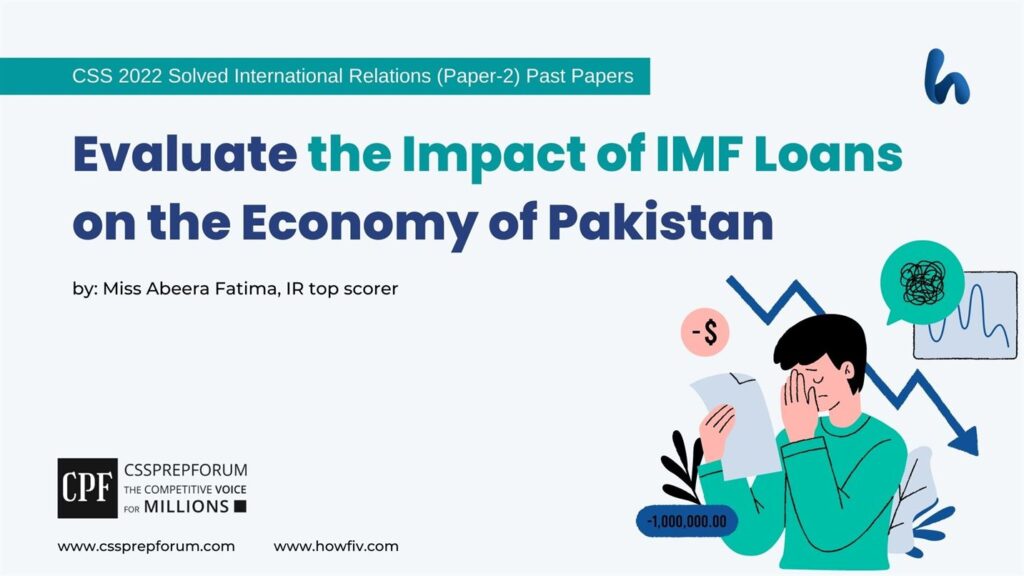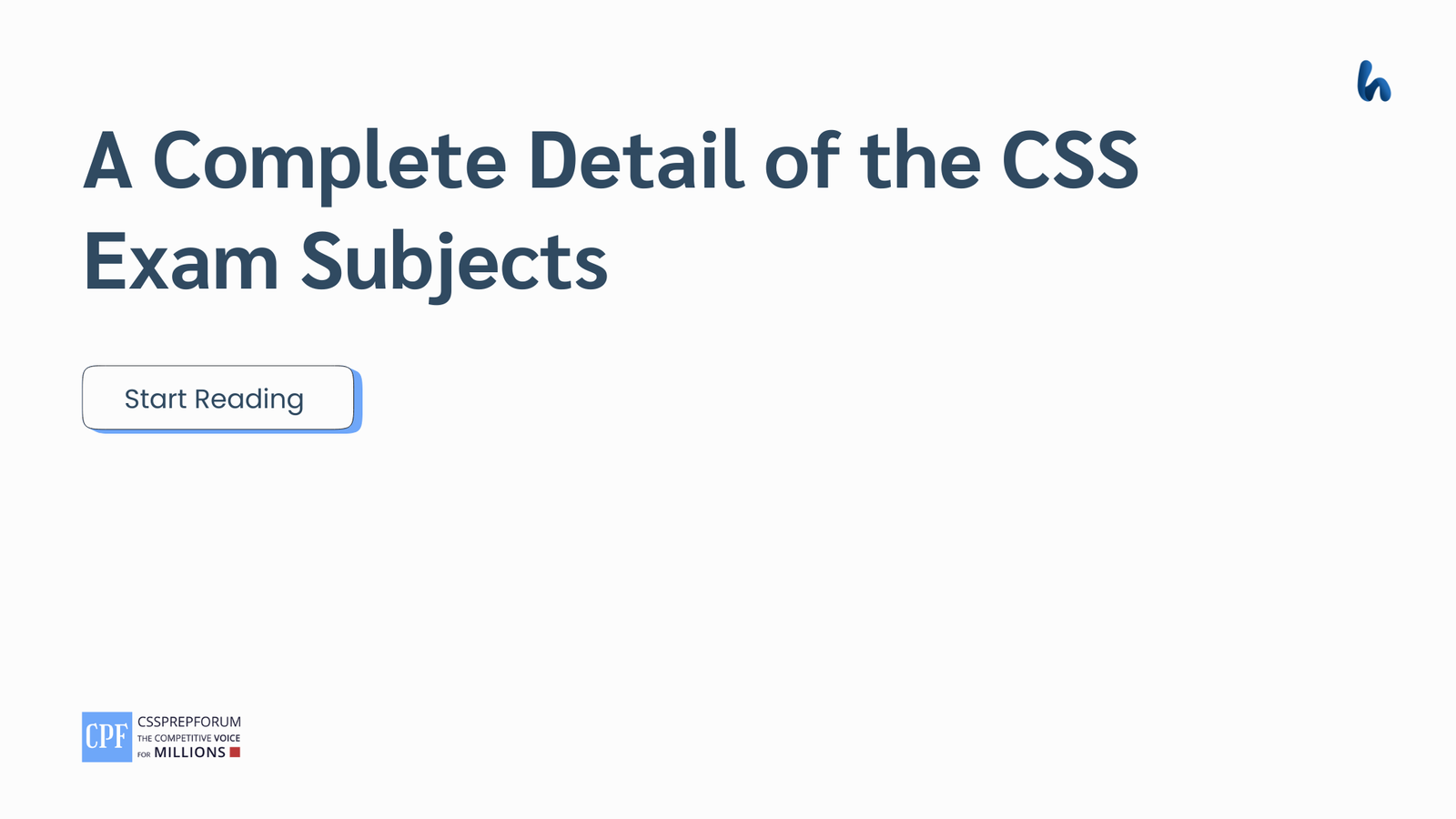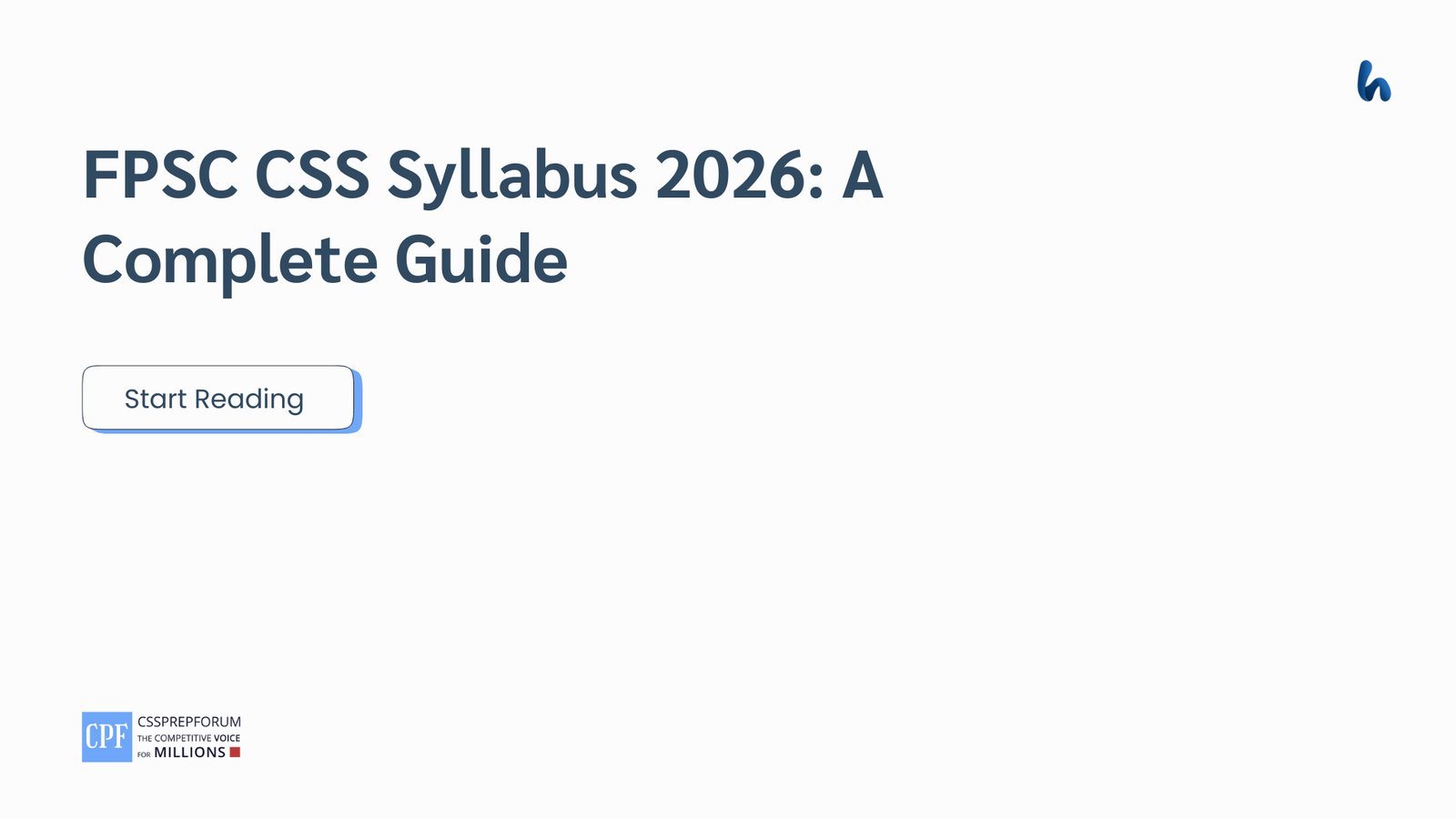CSS Solved International Relations Past Papers | Evaluate the Impact of IMF Loans on the Economy of Pakistan.
The following question is attempted by Miss Abeera Fatima, the top scorer in CSS IR paper. Moreover, the answer is written on the same pattern, taught by Sir to his students, scoring the highest marks in compulsory subjects for years. This solved past paper question is uploaded to help aspirants understand how to crack a topic or question, how to write relevantly, what coherence is, and how to include and connect ideas, opinions, and suggestions to score the maximum
Question Breakdown
The examiner has asked you to evaluate the impacts of IMF loans on the economy of Pakistan. Here the word “evaluate” is a keyword that means you have to shed light on causes, impacts, and recommendations. First, tell the examiner something about the IMF. Second, you need to give an overview of the extent of IMF loans to Pakistan. Then you delve into the causes of seeking economic assistance from the IMF. Besides, the talk on the topic is to evaluate the impacts of the IMF loans on the economy of Pakistan. Next to it, highlight some remedial measures to escape the IMF debt trap. Lastly, introspection requires theoretical implementation.

1- Introduction
2- International Monetary Fund: Bretton Woods project
3- An overview of the extent of the IMF loans for Pakistan –a conundrum piecemeal
4- What are the causes of seeking economic succor from the IMF?
- ✓ Political turmoil to the lust for power leading to fiscal slippages
- ✓ Catastrophic flash floods 2022 and the climate crisis
- ✓ Draconian spikes of covid-19, Russia-Ukraine war, and skyrocketing prices of cartels
5- A glimpse of the impacts of the IMF loans on the economy of Pakistan
- ✓ Depreciation of the Pakistani rupee against the US dollar through a market-based exchange rate
- ✓ Inverse relationship between interest rates and foreign direct investments (FDI)
- ✓ Incremental taxation measures by cutting developmental expenditures
6- Viable and rigorous measures for strengthening the economy of Pakistan
7- Introspection: What’s next?
8- Epilogue

Answer to the Question
Introduction
Pakistan, undoubtedly, has been the victim of political, constitutional, and economic engineering. For instance, foreign intervention in sovereign affairs, self-obsessed and egocentric leaders, and hypersonic institutional interference are quoted. Pakistan’s economy is jeopardized due to cataclysm flash floods, draconian impacts of the Covid-19 pandemic, Ukraine-Russia war implications, hyperinflation, and the harsh neo-liberal model of the IMF. Consequently, the devaluation of currency owing to a market-based exchange policy, incremental tax measures due to tight fiscal policy, and an increase in interest rates under tightening monetary policy are some of the impacts of the IMF loans on the economic saga of Pakistan. A meticulous plan of action is the need of the hour in the account. A critical introspection is to delve into the long-term independence from the debt trap of the IMF.
International Monetary Fund: Bretton Woods project
It is an earmarking financial organization under the shadow of the United Nations and an International Financing Institution established in 1944 at the Bretton Woods Conference by the ideas of Harry Dexter White and John Maynard Keynes. It has 190 members, and its head-quarter is in Washington, D.C.
The functions of the IMF include
- ✓ To succor fixed exchange rate for harmonization between countries
- ✓ To consortium a short-term capital so that assistance to a balance of payments provided
- ✓ To prevent the spread of international economic crises through global surveillance
- ✓ To help the pieces of the international economy after the Great Depression and World War II
- ✓ To provide capital investments for economic growth and projects such as infrastructure
An overview of the extent of the IMF loans to Pakistan–a conundrum piecemeal
Pakistan joined the IMF on 11th July 1950, at the hub of the financial crisis. However, the report from the IMF reveals 33.2 million SDRs succored in Pakistan to date: 47 per cent by the PPP, 35 per cent by the PML-N, and 18 per cent by the military dictators. A glimpse of economic assistance given to Pakistan in the last 75 years is as under
| 1958: US$25 million | ||||
| 1965: US$37.5 million | ||||
| 1968: US$75 million | ||||
| 1972: SDRs 314 million | ||||
| 1974: SDRs 330 million | ||||
| 1988 and 1997: SDR 1.64 billion | ||||
| 1988-1999: SDR 4.94 billion | ||||
| 2013: SDR 4.399 billion | ||||
| 2019: SDR 4,268 million |
Table by Miss Abeera Fatima
On 29th August 2022, the Executive Board of the International Monetary Fund (IMF) completed the combined seventh and eighth reviews of the Extended Arrangement under the Extended Fund Facility (EFF) for Pakistan, allowing the authorities to draw the equivalent of SDR 894 million.
What are the causes of seeking economic succor from the IMF?
- Political turmoil to the lust for power leading to fiscal slippages
On 10th April last year, PDM (Pakistan Democratic Movement) won the vote of no-confidence against the then Prime Minster, Imran Khan. The meddling of foreign parties in the ousting of the former Prime Minister led the political engineering in the country, as done in the past. Cited in the book “World Order” Henry Kissinger what are the strategies of the US to intervene in the foreign policies of the Third World countries for its interests. Consequently, the economic saga hangs the Damoclean sword on the poor of the country. Thus, the strategies of Daar and Miftah fail and seek assistance from the IMF. The forex reserve dropped to USD 8.24 billion.
- Catastrophic flash floods 2022 and the climate crisis
Antonio Guterres pleaded in the 77th session of UNGA to succor nations that are going towards economic turmoil. He further delineated the catastrophic floods in Pakistan, revealing Pakistan is drowning, not only in floodwater but in debt too. According to a recent report, Pakistan received 90 per cent more rain this year; and the average rainfall received in the last thirty years. Thus, the break neck-speed of food insecurity, terrorism, unemployment, and inflation in the country, leads to the edge of default and bankruptcy.
- Draconian spikes of covid-19, Russia-Ukraine war, and skyrocketing prices of cartels
The stemming of Covid-19 crashed the economic activities and stock markets globally. Exports dropped by a minimum of 3.3 per cent in January and a maximum of 20.3 per cent in April. On the other hand, the Russia-Ukraine war added fuel to the fire. Economic recession, skyrocketing prices of oils and petroleum, the upsurge of LNG rates, disturbed energy and commodity supply chains, and soaring food prices are exemplified in this regard. Dr. Muhammad Abdul Kalam wrote in his article “A Crises in the making” about the implication of the Ukraine-Russia War on Pakistan. Pakistan’s wheat import from Ukraine is almost 39% of the country’s total imported wheat.
A glimpse of the impacts of the IMF loans on the economy of Pakistan
- Depreciation of the Pakistani rupee against the US dollar through a market-based exchange rate
The devaluation of the Pakistani rupee patently increases the cost of imported items such as wheat, tea, threads, buttons, edible oils, sugar, and such forth, making industries’ products non-competitive in the international market. The devaluation of the currency augments the product cost, ultimately, imposes the indirect tax on the masses. The same case goes for the public debt of Pakistan without borrowing a single dollar, by the explanation of one rupee devaluation adds PRs 265.48 dated 1st February 2023. According to the seventh and eighth reviews of Pakistan’s economy, the IMF called for the exchange rate to market-based code. Resultantly, the Pakistani rupee was derogated by 17 per cent in July 2022. However, the neo-liberal economic order fails to stabilize the growth from its market-based exchange policy.
- The inverse relationship between interest rates and foreign direct investments (FDI)
The tightening of monetary policy enshrined the State Bank and the real state of the economy to soar the interest rate. Thus, the IMF implements a tight monetary policy on Pakistan to get the next program from it. The interest rates increase from 9.75 per cent (December 2021) to 15 per cent (October 2022). Consequently, the consumer price index (CPI) increased to 26.6 per cent in October 2022 as compared to 14.6 per cent in January 2022. The increased interest rates uncover two damages in the economic saga: first, lending from all capital banks and second snail-speed economic growth. Lending from all capital banks means increasing capital costs. It discourages foreign direct investment in the country and shrinks the employment opportunities that lead to a vicious cycle of poverty; however, insecurities up the rear. Similarly, the slow economic growth divulges lowering tax collection and lowering developmental projects. Thus, political and constitutional engineering has devastating impacts on the economy.
- Incremental taxation measures by cutting developmental expenditures
The policy of tight fiscal code under the IMF program unveils the austerity measures imposed on the governments. These measures comprise of nipping the developmental expenditures and increasing taxes on oil and petrol. In other words, the government is to wean off public spending in the form of subsidies, public investments, social security programs, and increased taxes. The seventh and eighth reviews of Pakistan’s economy by the IMF open the curtain of curtailing public investment by ending the Public Sector Development Projects (PSDP) to save Rs. 15 billion at the federal level and Rs. 384 billion at the provincial level.
Some recommendations for strengthening the economy of Pakistan
After discussing the impacts of the IMF loans on the economy of Pakistan, it is high time to delve into the meticulous and scrupulous measures for strengthening the economy. Starting from the adaptive measures, the nexus of the IMF loans with investments pledges from Saudia, Qatar, and the World Bank ought to deplete the balance of payment so that the masses living under the poverty line start nurturing. It is solely possible by de-materializing the “Painful Adjustment Programs.” In the same way, some mitigating measures are needed to pledge the glory of the country. For that, local products should be prioritized, eventually leading to the international markets. Next to it, the local governments for economic recovery and poverty alleviation are nourished in this account. Similarly, a projection of a soft image of the state is a dire need to attract foreign investors; it is only possible through a conducive environment for business.
Introspection: What’s next?
The Liquidity crisis and fuel shortage in the country shout the devastating impacts of the Neo-Liberal Model of the IMF, which are tight monetary policy, tight fiscal policy, market-based exchange rate, and increase in utility prices. The demand management policies of the IMF shackle the living cost of the masses, that hardly have one-time bread per day. Lessons from Srilankan default are needed to learn. Similarly, relying so much on China is not the solution, as Chinese interests reveal the geopolitical security against India and the US. It is a dire need to save Pakistan from the edge of default by sitting at the same pace: politically, socially, and above all, economically. The role of Russia is significant in this regard. In addition, Pakistan needs to shift to e-governance for transparency and accountability, a panacea to economic indicators. Therefore, last-ditch steps need to be taken before it is too late. The early one takes action, the better it is.
Epilogue
Boiled down, Pakistan is at a challenging economic juncture. The major reasons are the admiral of conditions imposed by the IMF: increase in interest rate by decreasing capital investment, depreciation of the Pakistani rupee against the US dollar through a market-based exchange rate, and incremental taxation measures by cutting developmental expenditures. Some remedial measures are called out for a long-term escape from the IMF trap.

CSS Solved Past Papers’ Essays
Looking for the last ten years of CSS and PMS Solved Essays and want to know how Sir Kazim’s students write and score the highest marks in the essays’ papers? Then, click on the CSS Solved Essays to start reading them.
CSS Solved Essays

CSS Solved General Science & Ability Past Papers
Want to read the last ten years’ General Science & Ability Solved Past Papers to learn how to attempt them and to score high? Let’s click on the link below to read them all freely. All past papers have been solved by Miss Iqra Ali & Dr Nishat Baloch, Pakistan’s top CSS GSA coach having the highest score of their students.
General Science & Ability Solved Past Papers
CSS Solved Pakistan Affairs Past Papers
Want to read CSS Pakistan Affairs Solved Past Papers and learn how to attempt them to score high? Let’s click on the link below to read them all freely. All past papers’ questions have been attempted by Sir Kazim’s students, who scored the highest in the subject.
CSS Solved Pakistan Affairs
CSS Solved International Relations’ Past Papers
Have you opted for International Relations in the CSS examination and want to score above 150? Then, click on the CSS Solved International Relations’ Past Papers by Miss Abeera Fatima, the top IR scorer and the best IR coach in Pakistan.
CSS Solved International Relations Past Papers
Articles Might Interest You!
The following are some of the most important articles for CSS and PMS aspirants. Click on any to start reading.












